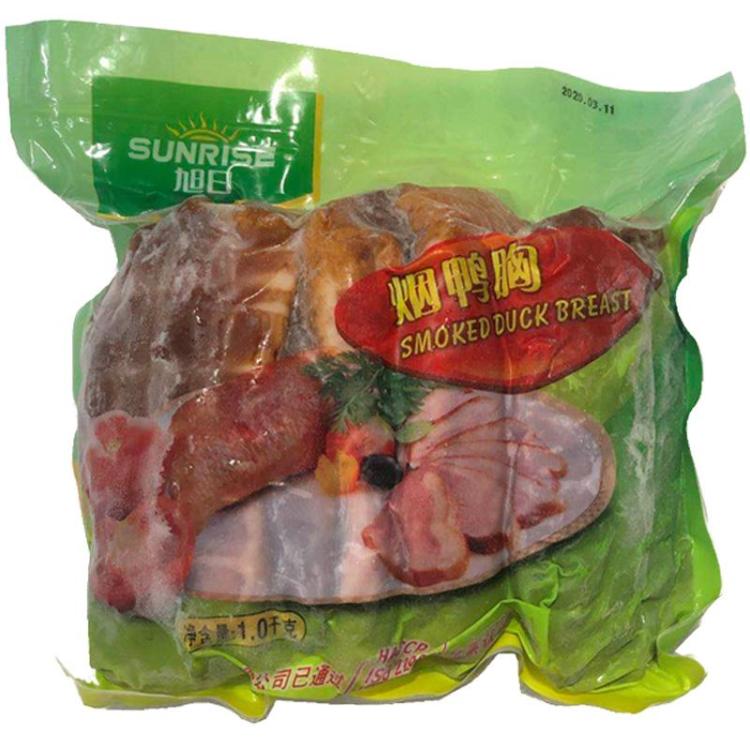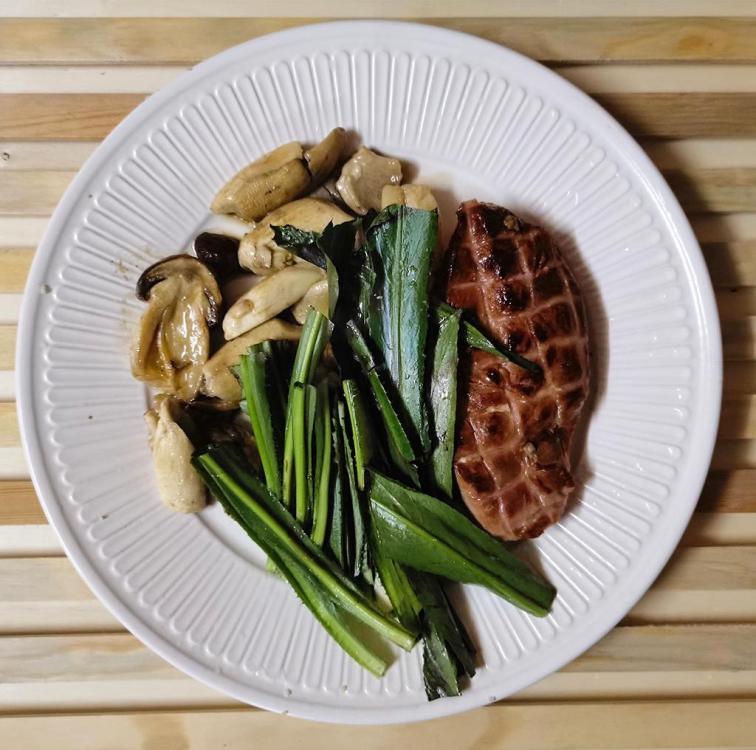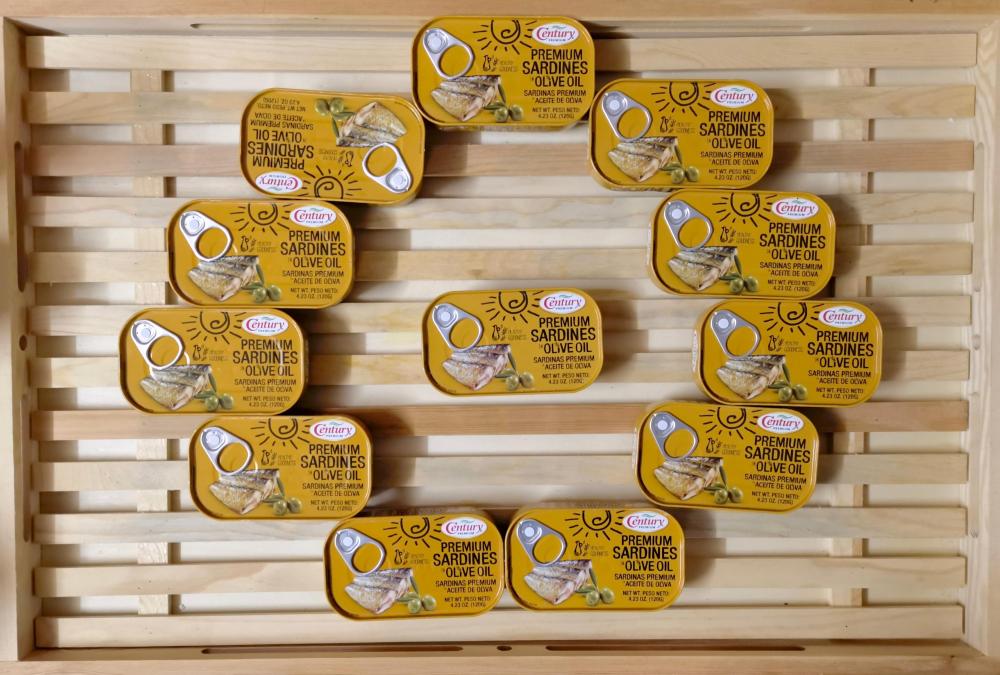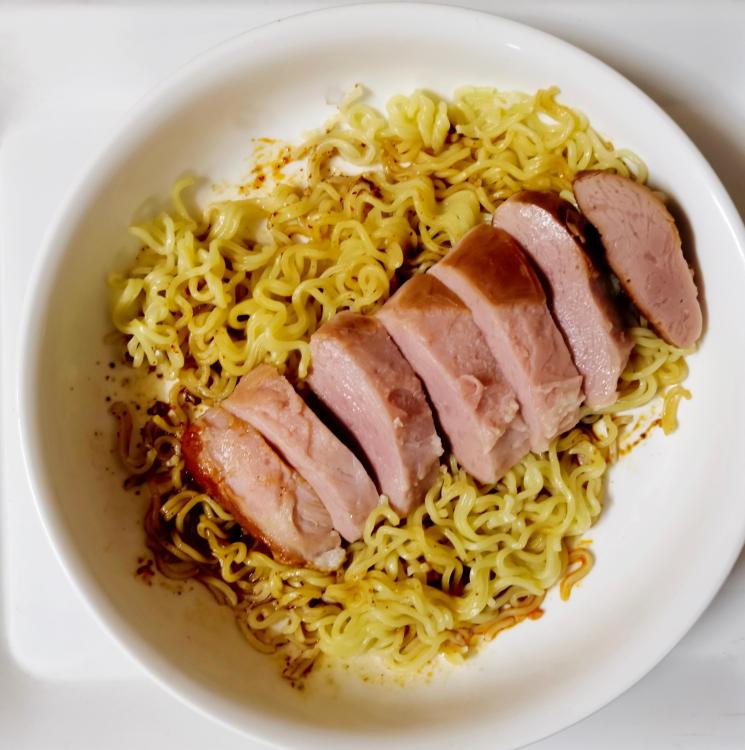-
Posts
16,674 -
Joined
-
Last visited
Content Type
Profiles
Forums
Store
Help Articles
Everything posted by liuzhou
-
I don't always reheat it. I often just have it cold with maybe a salad. I have however, had some success crisping the skin under the grill/broiler.
-
It's pre-smoked. I always buy it in these 1kg packs and repack singly and freeze. Tea is often used to smoke duck. I'm not sure what is used in these duck breasts but fruit woods are certainly used for some preparations. Lychee wood, apple wood and camphor wood are the most common.
-
-
But nothing like the burger as actually executed without food stylists and Photoshop!
-
Starter v Main, I would have thought. Very common.
-
I'm baffled. In my experience (I always have home rendered duck fat (100% fat) in my kitchen. It is near solid at room temperature here in the tropics). Certainly not sprayable.
-
The recipes for the dishes cooked in the series are now here. I think I'm about to binge watch the whole series again.
-
Chinese bacon is generally very good to excellent but nothing like typical American bacon, although that is also available, but a minority interest.
-
I'm not seeing the meat as green. Actually the bacon was probably the most real looking part. Sure, it isn't American bacon, but most of the world doesn't see American bacon as default, if they eat it all. Of course that doesn't excuse them from describing the whole mess as a Typical American Burger.
-
Yes, no lettuce despite it being listed twice in the contents given on their ad. There was about a third of a paper thin slice of tomato lurking in shame under the 'beef' patty. The whole thing was slathered with American 'cheese' glue though. Every time one of my Chinese friends and acquaintances tells me they don't like western food, I tell them they've never eaten it!
-
Why, oh why do I do these things? I had on my mind that 'Typical American Burger' I mentioned before... ... so I took one for the team and ordered one. Here is the reality. Dreadful. Inedible. Even my neighbour's dog looked at it suspiciously and ran away. It came with some of what they and I sensibly call chips, which weren't great but edible.
-

Hoarding Ingredients - suffering from Allgoneophobia?
liuzhou replied to a topic in Food Traditions & Culture
I doubt it very much. For twenty years? -
Those are very common here in Chinaland, but more often described as dish removers and used to lift hot plates out of steamers.
-

Hoarding Ingredients - suffering from Allgoneophobia?
liuzhou replied to a topic in Food Traditions & Culture
I am ecstatic. Today I took delivery of 12 cans of my favourite Portuguese sardines after them being unavailable for months. I was down to my last three cans after careful self-denial. Now back to 15!- 114 replies
-
- 12
-

-

-
I'm sorry, but to my eyes the egg looks very much like an egg and isn't red or persimmon-like. I didn't even consider that could be what you were asking about. The only reddish thing I can see at the top is that piece of bacon.
-
But is it descriped as "Typically American? I know. I'm European. I will argue though that is isn't cheese!
-
Here? No chance!
-
-
Never seen of heard of it and I'm in southern China. I think your theory about your Mom is the most likely.
-
I think that's the bacon. The colours in the picture are a bit strange, but they list bacon and I don't see it anywhere else.
-
I feel I have to share this. I've was idly flicking through my home city's main restaurant delivery app and came across this monstrosity. Billed as a 'Typical American Burger', it is made using Australian beef*, as are all typical American burgers. Other ingredients are lettuce, tomato, bacon, American 'cheese'**, egg, homemade*** pickles, homemade*** bread and homemade*** sauce. Ingredients: bacon, beef, lettuce, tomato sauce, sugar, bread, lettuce****. ¥34.83 / $5 USD. Expensive for China. * Probably actually local water buffalo. ** Made in China. *** Whose home? **** Yes. Lettuce twice. The bun is described as that typical 'red velvet bread' as served with every burger in the west.
-
Lucky you! While I can very easily buy a live goat online, goat meat is seldom eaten in south China and even the goat meat common in northern China doesn't get here for some reason. Another problem is that, as in many languages, in everyday Chinese 'goat' and 'sheep' are the same word (羊肉 - yáng ròu) , so even if you find either, you never really know what you are buying.
-
The only 'mayo' I can easily get is Kewpie and the less said about that the better, although I can get Hellman's online. For some reason it's made in Spain! That said, I too, seldom use mayo and so, when I need it*, make it myself. Tastes better, too if I may say so. *Usually for potato salad.














